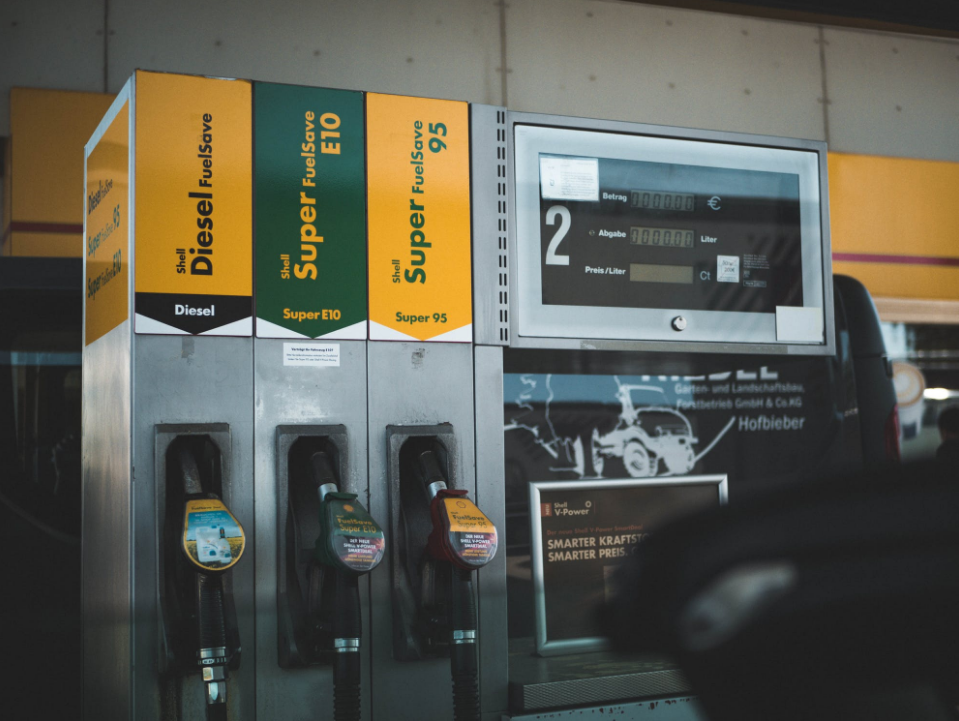How to maintain the fuel dispenser?
The maintenance and upkeep of fuel dispensers are important steps in ensuring their normal operation, extending their service life, and improving refueling accuracy. The following are the detailed steps and methods for maintenance and upkeep of fuel dispensers:
Firstly, daily cleaning
1. Shell cleaning: The shell of the fuel dispenser should be wiped daily to remove dust and dirt. Be careful not to rinse with water, use a damp pure cotton soft cloth for wiping, and avoid using synthetic or silk based cloths or corrosive liquids.
2. Internal cleaning: Regularly open the outer cover of the fuel dispenser and wipe all internal components, especially the oil gun, hose, Flow meter, and connecting pipelines, to ensure that there is no dust or oil stains. Appropriate cleaning agents should be used during cleaning, but corrosive liquids should be avoided.

Secondly, component inspection and maintenance
1. Display screen and keyboard: Check whether the numbers displayed on the display screen are clear, whether the backlight is working properly, and whether the keyboard keys are sensitive. If there is a malfunction, it should be repaired or replaced in a timely manner.
2. Oil gun and rubber hose: Check whether the oil gun leaks oil, whether the gun cover is damaged, and whether the rubber hose is hung neatly and without damage. After each use, the remaining oil inside the gun should be dripped off, wiped clean, and then returned to the stock.
3. Motor belt: Check whether the belt tension is appropriate and whether there is any damage to the appearance. Loose or tight belts can affect the normal operation of the fuel dispenser and should be adjusted or replaced in a timely manner.
4. Flow meter and lead seal: Check the appearance of the flow meter for leakage and whether the lead seal is intact. Lead seal is an important symbol to ensure the accuracy of fuel dispenser measurement, and any damage should be dealt with in a timely manner.
Thirdly, regular professional maintenance
1. Calibration and testing: Regularly calibrate the fuel dispenser to ensure its measurement accuracy. Calibration usually involves comparing the measurement results of the fuel dispenser with the standard fuel quantity and making adjustments. At the same time, a standard measuring cylinder should be used regularly to self check the fuel output of the refueling machine, ensuring that the measurement error is within the allowable range.
2. Replacement of vulnerable parts: Seals, filters, and other vulnerable parts in the fuel dispenser should be replaced regularly to maintain the normal operation of the equipment. During the replacement process, attention should be paid to cleaning and lubricating the relevant components to ensure that they are installed tightly and leak free. (Source: Baidu AiGou)
3. Cleaning the oil and gas recovery device: The oil and gas recovery device is an important component of the fuel dispenser and should be regularly cleaned and maintained to ensure good oil and gas separation efficiency.
Fourth, safety and maintenance records
1. Safety function inspection: Regularly check the safety functions of the fuel dispenser, such as the emergency stop button, leak detection system, and fire safety equipment, to ensure their normal operation and reduce the risk of accidents.
2. Maintenance records: Establish maintenance records for the fuel dispenser, recording the date, details, and results of each maintenance and calibration. These records help monitor the status of equipment, predict maintenance needs, and troubleshoot as necessary.
Fifth, Training and Operating Standards
1. Operator training: Ensure that operators understand the correct maintenance and operation steps, as well as how to deal with common problems. Training can improve the skill level of operators, reduce the risk of erroneous operations and equipment damage.
2. Operating standards: Develop and implement operating standards for fuel dispensers to ensure that operators follow the correct operating procedures in their daily work, reducing the occurrence of equipment failures and safety accidents.
In summary, the maintenance of fuel dispensers involves multiple aspects such as daily cleaning, component inspection and maintenance, regular professional maintenance, safety and maintenance records, as well as training and operating standards. Through scientific and reasonable maintenance measures, the normal operation, extended service life, and improved refueling accuracy of the fuel dispenser can be ensured.





